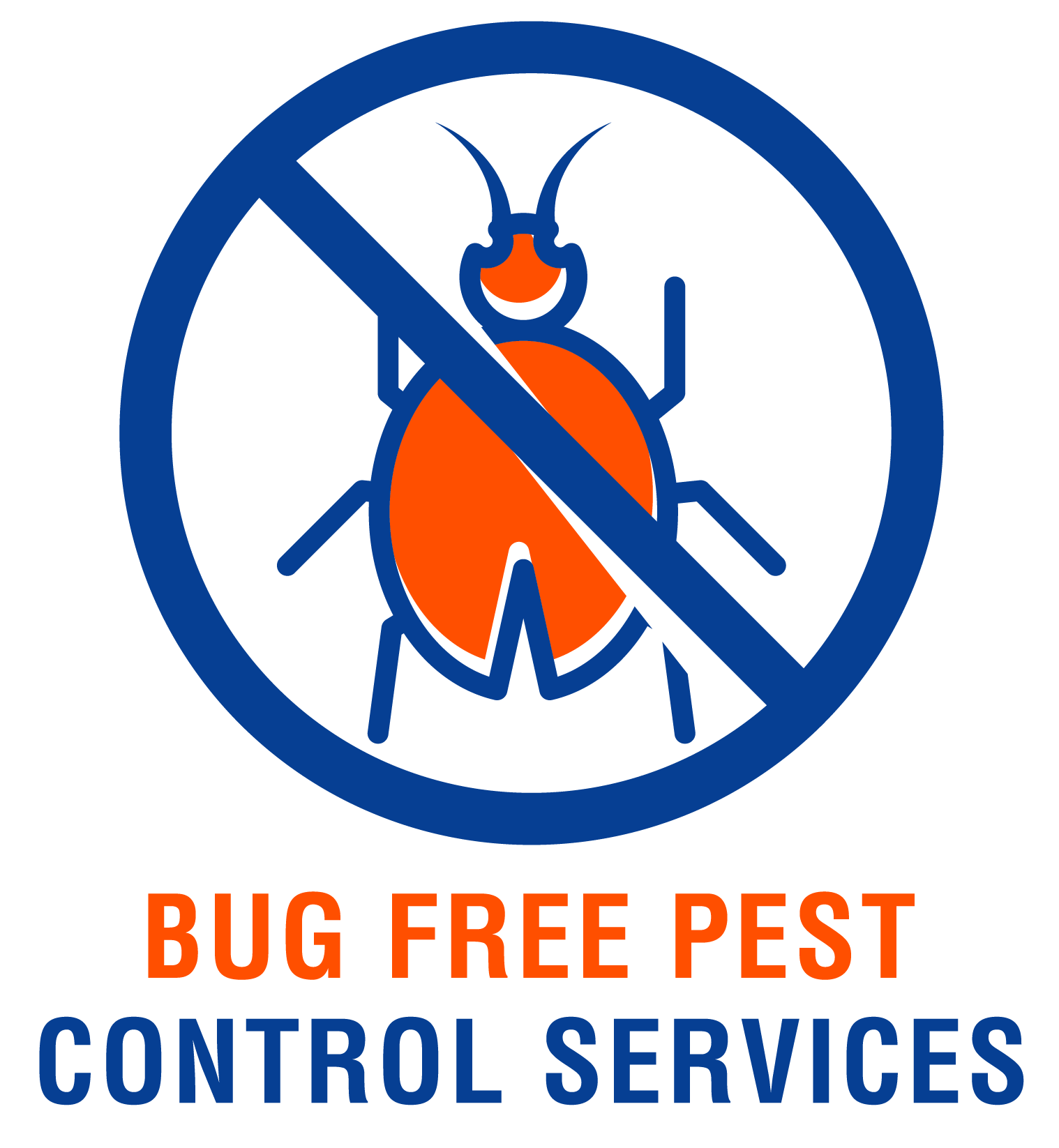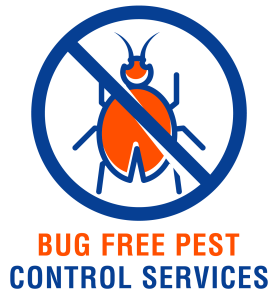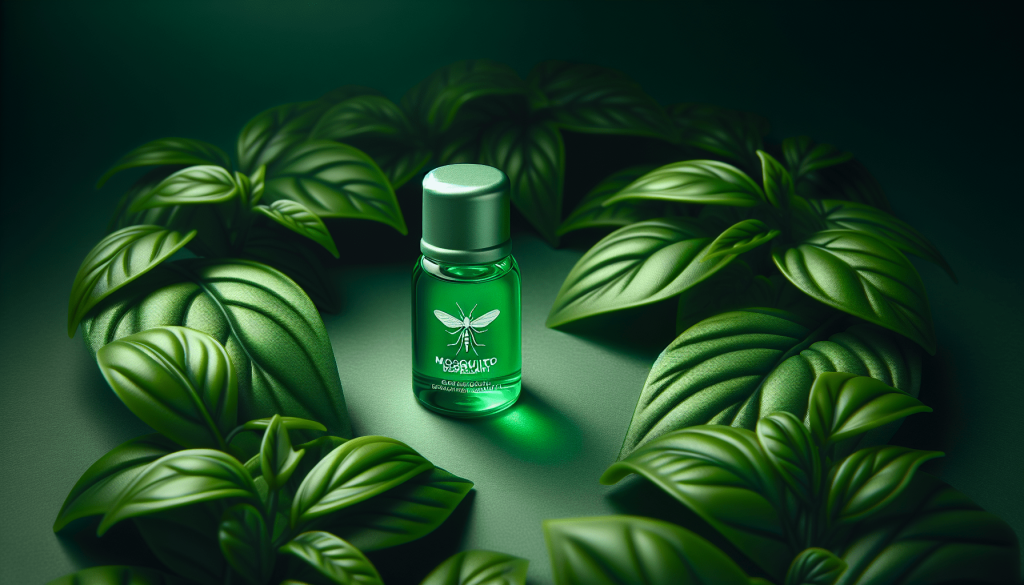Mosquitoes can be a nuisance, especially during the summer months when their presence seems unavoidable. But fear not, as this article presents you with a list of 7 effective mosquito repellents that you should definitely use. These repellents are not only safe and easy to use, but they also provide long-lasting protection against those pesky bloodsuckers. From natural remedies to scientifically formulated products, you’ll find all the information you need to keep those mosquitoes at bay and enjoy your outdoor activities without any interruptions. So, grab your favorite repellent and get ready to say goodbye to those unwanted mosquito bites!
DEET-based Repellents
What is DEET?
DEET, which stands for N,N-diethyl-meta-toluamide, is a chemical compound commonly used as an active ingredient in insect repellents. It was developed by the United States Army in the 1940s and has since become one of the most widely used repellents worldwide. DEET is effective in repelling a variety of biting insects, including mosquitoes, ticks, fleas, chiggers, and biting flies.
Effectiveness of DEET
DEET has been proven to be highly effective in repelling mosquitoes and other biting insects. When applied to the skin or clothing, DEET creates a barrier that makes it difficult for insects to locate and bite you. It works by interfering with the insect’s ability to detect human odors, thereby reducing the likelihood of being bitten.
The effectiveness of DEET varies depending on the concentration used. Higher concentrations of DEET provide longer protection, usually up to 8 hours or more. However, it is important to note that DEET does not kill mosquitoes or other insects, but rather repels them.
Considerations for using DEET-based repellents
While DEET is generally safe for use when applied according to the instructions on the product label, there are a few considerations to keep in mind:
- Usage on children: DEET can be used on children as young as 2 months old, but the American Academy of Pediatrics recommends using repellents with no more than 30% DEET for children.
- Application to the face and hands: It is recommended to avoid applying DEET directly to the face or hands, especially for children. Instead, spray it onto your hands and then apply it to the exposed areas.
- Avoiding over-application: Using more DEET does not necessarily mean better protection. Follow the instructions on the product label and avoid excessive use.
- Compatibility with sunscreen: DEET may reduce the effectiveness of sunscreen, so it is recommended to apply sunscreen first and then the repellent.
Picaridin-based Repellents
What is Picaridin?
Picaridin, also known as icaridin, is an insect repellent that has gained popularity in recent years as an alternative to DEET. It was first developed in the 1980s and is derived from the natural compound piperine, which is found in black pepper plants.
Effectiveness of Picaridin
Picaridin has been proven to be highly effective in repelling mosquitoes, ticks, flies, and other biting insects. It works by confusing the insects’ sense of smell and making it difficult for them to locate and bite you. Picaridin provides long-lasting protection, typically lasting for up to 8-12 hours.
One of the advantages of picaridin over DEET is that it has a milder scent and is less likely to cause skin irritation or damage to synthetic materials like plastics or clothing. It is also non-greasy and feels more pleasant on the skin.
Benefits of using Picaridin-based repellents
Using picaridin-based repellents offers several benefits:
- Effective against a wide range of insects: Picaridin provides protection against mosquitoes, ticks, flies, and other biting insects, making it a versatile choice for outdoor activities.
- Non-irritating and odorless: Picaridin is suitable for individuals with sensitive skin and does not leave a strong odor.
- Compatible with synthetic materials: Unlike DEET, picaridin does not damage plastics or synthetic fabrics, making it safe to use on clothing and gear without worrying about staining or deterioration.
- Long-lasting protection: Picaridin provides extended protection against insect bites, reducing the need for frequent reapplication.
Oil of Lemon Eucalyptus (OLE)
What is OLE?
Oil of Lemon Eucalyptus, also known as PMD (p-menthane-3,8-diol), is a natural insect repellent derived from the leaves of the lemon eucalyptus tree. It is not the same as lemon eucalyptus essential oil, which should not be used as a repellent. OLE is registered with the Environmental Protection Agency (EPA) as an effective insect repellent.
Effectiveness of OLE
OLE has been found to be effective in repelling mosquitoes, including those that may transmit diseases such as Zika, dengue, and West Nile virus. It works by masking human odors that attract mosquitoes, making it less likely for them to bite.
While OLE is effective, it is important to note that its protection duration is generally shorter compared to DEET or picaridin, usually lasting for up to 6 hours. It is recommended to reapply OLE repellents as needed to maintain effectiveness.
Application of OLE repellents
When using OLE repellents, it is essential to follow the instructions on the product label for proper application and dosage. Some considerations include:
- Age restrictions: OLE should not be used on children under the age of 3.
- Avoiding contact with eyes and mouth: Take care to avoid applying OLE repellents near the eyes and mouth.
- Reapplication: OLE repellents should be reapplied as needed, especially if spending an extended period outdoors.
Permethrin Clothing Treatments
What is Permethrin?
Permethrin is a synthetic chemical insecticide and repellent that is widely used to treat clothing, gear, and fabric. It works by repelling and killing insects on contact. Permethrin-treated clothing provides an additional layer of protection against mosquitoes, ticks, and other biting insects.
Effectiveness of Permethrin
Permethrin has been found to be highly effective in repelling and killing mosquitoes, ticks, and other biting insects. When applied to clothing, it forms a barrier that insects cannot easily penetrate. Permethrin-treated clothing retains its repellent effect even after multiple washes, lasting for several weeks or longer.
Research has shown that using permethrin-treated clothing in combination with skin-applied repellents, such as DEET or picaridin, can provide superior protection against insect bites compared to using either method alone.
Applying Permethrin to clothing
Permethrin can be applied to clothing, gear, and fabric using various methods, including sprays, aerosols, or by purchasing pre-treated clothing. Some key points to consider when applying permethrin to clothing include:
- Follow instructions carefully: Read and follow the instructions provided with the permethrin product to ensure safe and effective application.
- Allow time to dry: Permethrin-treated clothing needs to dry thoroughly before wearing or using.
- Do not apply directly to the skin: Permethrin is only meant to be used on clothing, gear, or fabric and should not be applied directly to the skin.
- Reapplication: The repellent effect of permethrin-treated clothing diminishes over time and with repeated washings. Regularly check the clothing label for recommended reapplication intervals.
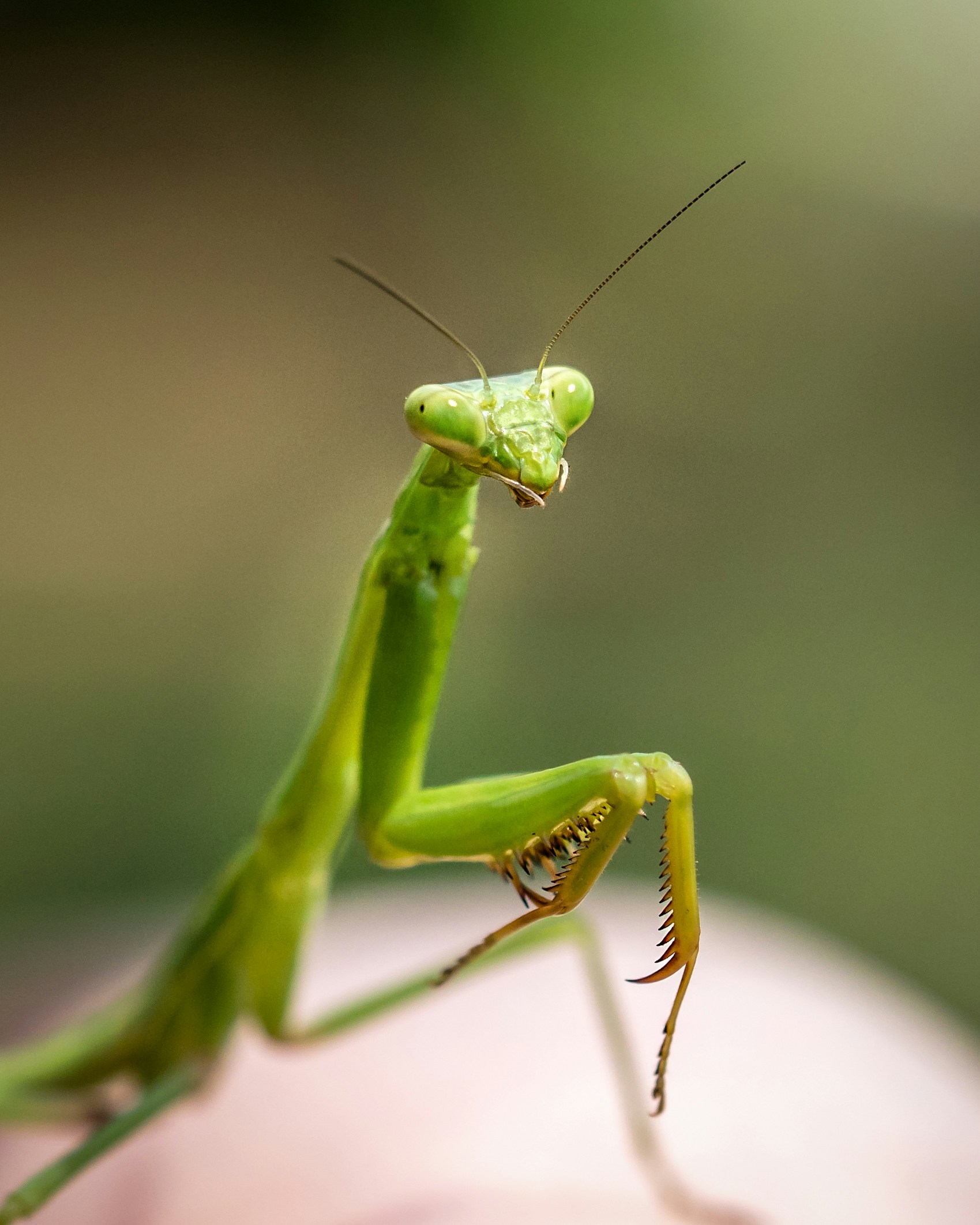
Natural Repellents
Citronella
Citronella is a commonly used natural mosquito repellent. It is derived from the leaves and stems of various plants, such as lemongrass, and is available in the form of candles, oils, or sprays. Citronella works by masking human scents and interfering with the mosquito’s ability to locate and bite.
While citronella can provide some protection against mosquitoes, its effectiveness is generally shorter compared to DEET, picaridin, or permethrin. It is important to note that citronella should not be used as a stand-alone repellent in high-risk areas or for extended outdoor activities.
Lavender
Lavender is a fragrant plant known for its calming properties. While lavender has been traditionally used as a natural mosquito repellent, its effectiveness in repelling mosquitoes is relatively low compared to other repellents. Lavender oil can be used in combination with other repellents or as a mild deterrent for minor mosquito bites.
Peppermint
Peppermint oil has a strong scent that mosquitoes may find unpleasant. While it may provide temporary relief from mosquito bites, its effectiveness as a long-lasting repellent is limited. Peppermint oil can be used in combination with other repellents but should not be relied upon as the sole protection against mosquito bites.
Neem Oil
Neem oil is a natural oil derived from the seeds of the neem tree. It has insecticidal properties and has been used as a traditional repellent for mosquitoes. Neem oil can be applied to the skin or mixed with other carrier oils to enhance its efficacy. However, it is important to note that neem oil may cause skin irritation or allergic reactions in some individuals, so it should be used with caution.
Effectiveness and limitations of natural repellents
While natural repellents can provide some protection against mosquitoes, it is important to understand their limitations. Natural repellents generally have shorter protection durations compared to synthetic repellents like DEET or picaridin. They may also be less effective in high-risk areas or during peak mosquito activity.
When using natural repellents, it is important to read and follow the instructions provided with the product. Regular reapplication may be necessary, especially if sweating or in humid conditions. For areas with a high risk of mosquito-borne diseases, it is advisable to use synthetic repellents or combine natural repellents with other protective measures.
Mosquito Netting
Importance of mosquito netting
Mosquito netting plays a crucial role in protecting against mosquito bites, particularly during sleep. It acts as a physical barrier that prevents mosquitoes from coming into contact with your skin and reduces the risk of mosquito-borne diseases, such as malaria or dengue.
Types of mosquito netting
- Bed netting: Bed nets are designed to be hung over beds or sleeping areas. They are typically made of fine mesh fabric that allows for proper airflow while keeping mosquitoes out. It is important to ensure that the bed netting is properly tucked in and does not have any holes or openings where mosquitoes can enter.
- Portable netting: Portable mosquito netting is convenient for outdoor activities, such as camping or picnics. They can be set up around a specific area, such as a patio, to create a mosquito-free zone.
Proper usage and maintenance of mosquito netting
To effectively use mosquito netting, consider the following:
- Proper installation: Ensure that the mosquito netting is securely hung and properly tucked in to prevent mosquitoes from entering. Check for any gaps or openings that may allow mosquitoes to get through.
- Regular maintenance: Inspect the netting regularly for any holes or tears that need repair. Additionally, keep the netting clean by washing it as directed by the manufacturer.
- Compatibility with repellents: Mosquito netting can be used in combination with other repellents for added protection. However, ensure that the repellents are applied before entering the protected area.
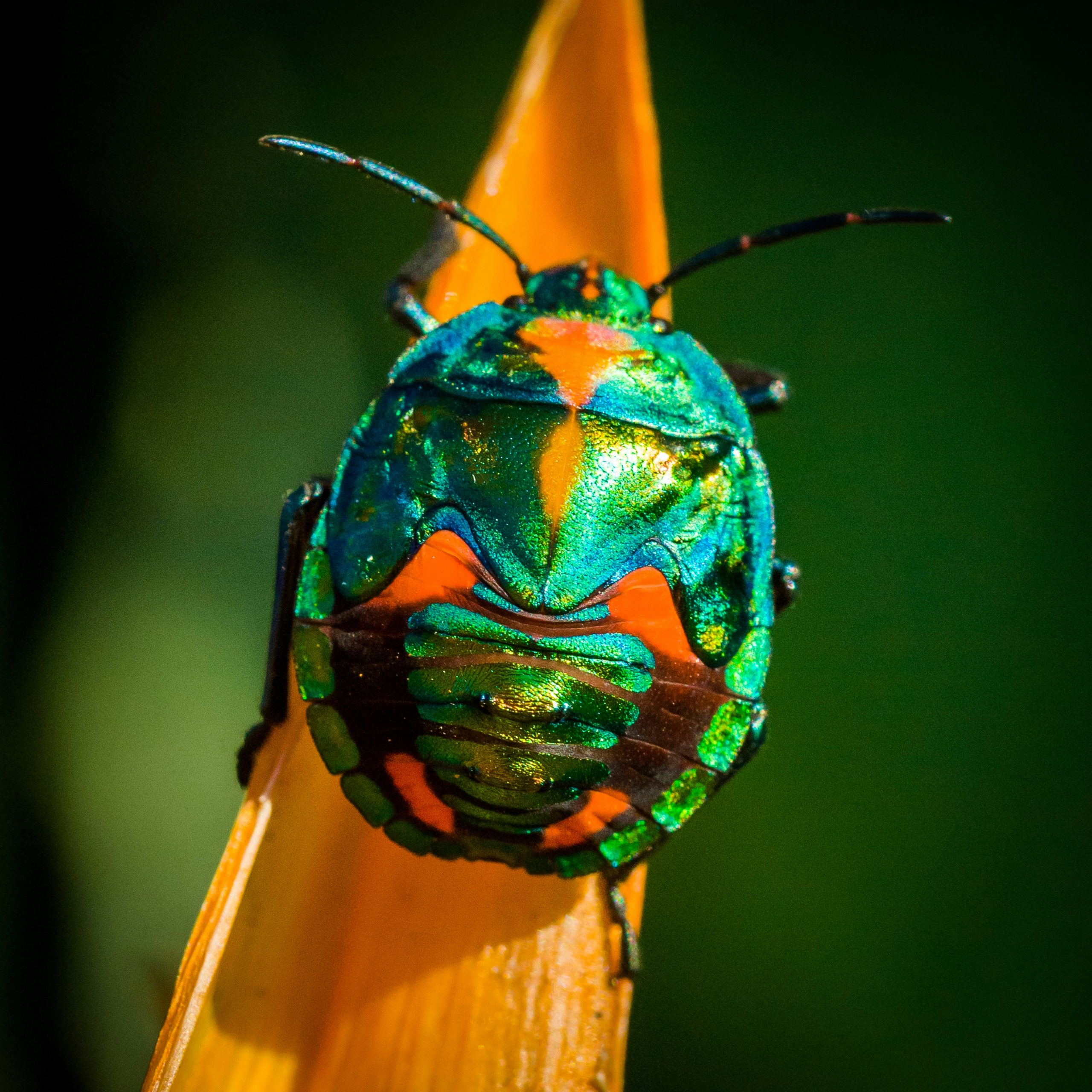
Insect Repelling Bracelets
How do insect repelling bracelets work?
Insect repelling bracelets are wearable devices infused with insect-repelling ingredients, such as oils or repellent compounds. These bracelets work by emitting a scent that repels mosquitoes and other insects, creating a personal protective barrier around the individual wearing them.
Effectiveness of insect repelling bracelets
Insect repelling bracelets have gained popularity as a convenient and non-invasive method of mosquito protection. While they can provide some level of protection against mosquitoes, their effectiveness is generally limited compared to other repellent methods.
Insect repelling bracelets are most effective in small areas or when combined with other protective measures, such as mosquito netting or repellent-treated clothing. It is important to note that individual results may vary, and it is advisable to follow the instructions provided with the specific bracelet for best results.
Considerations when using insect repelling bracelets
When using insect repelling bracelets, keep the following points in mind:
- Fit and placement: Ensure that the bracelet is properly sized and worn snugly on the wrist or ankle. This allows for maximum contact between the repellent and your skin.
- Reapplication: The effectiveness of insect repelling bracelets generally diminishes over time. Reapply or replace the bracelet as directed by the manufacturer.
- Compatibility with other products: If using other repellents simultaneously, be mindful of any potential interactions or adverse effects. Follow the instructions provided by the manufacturer or consult a healthcare professional if unsure.
Outdoor Fans and Traps
How do outdoor fans and traps work?
outdoor fans and traps are innovative tools designed to repel or capture mosquitoes and other flying insects.
- Outdoor fans: Mosquitoes are weak fliers and have difficulty flying against strong wind currents. Outdoor fans create a continuous breeze that makes it challenging for mosquitoes to approach you or your outdoor space.
- Mosquito traps: Mosquito traps work by emitting attractants, such as carbon dioxide or octenol, which lure mosquitoes into the trap. Once inside, the mosquitoes are either trapped or killed.
Effectiveness of outdoor fans and traps
Outdoor fans and traps can be effective in reducing mosquito populations and minimizing bites. While fans create a physical barrier to deter mosquitoes, traps provide an additional measure by attracting and capturing mosquitoes in a localized area.
It is important to note that outdoor fans and traps are typically most effective in smaller outdoor spaces, such as patios or decks. Larger areas may require multiple fans or traps for optimal coverage. Additionally, these methods work best when used in combination with other preventive measures, such as repellents or mosquito netting.
Placement and maintenance of outdoor fans and traps
To maximize the effectiveness of outdoor fans and traps, consider the following:
- Placement: Position outdoor fans strategically to create a continuous breeze throughout your outdoor area. Place traps away from areas where people gather to avoid attracting mosquitoes closer to human activity.
- Power source and maintenance: Ensure that fans or traps are connected to a reliable power source and regularly check for proper functioning. Follow the manufacturer’s instructions for maintenance and any necessary replacement of attractants or traps.
Avoiding Peak Mosquito Activity
Understanding peak mosquito activity times
Mosquitoes are most active during certain times of the day, which can vary depending on the species and geographic location. Understanding peak mosquito activity times can help you plan outdoor activities more strategically to minimize exposure to mosquito bites.
In general, mosquitoes are most active during dawn and dusk, as well as during the early morning and evening hours. However, it is important to note that certain mosquito species, such as the Aedes mosquitoes that transmit diseases like Zika or dengue, may be active throughout the day.
Preventive measures during peak activity
To avoid mosquito bites during peak activity times, consider the following preventive measures:
- Stay indoors: Minimize outdoor activities during early morning and evening hours, when mosquitoes are most active.
- Wear protective clothing: Cover exposed skin with long sleeves, pants, and socks to reduce the areas where mosquitoes can bite.
- Use repellents: Apply EPA-registered insect repellents containing DEET, picaridin, or other recommended active ingredients to exposed skin and clothing.
- Seek shelter: Create a mosquito-free environment by using mosquito netting, outdoor fans, or staying in screened-in areas.
Creating a mosquito-free environment during peak activity
To create a mosquito-free environment during peak activity times, consider the following measures:
- Eliminate standing water: Mosquitoes breed in stagnant water, so remove any potential breeding sites, such as flower pots, birdbaths, or clogged gutters.
- Use outdoor fans: Position outdoor fans strategically to create a continuous breeze that makes it difficult for mosquitoes to approach your outdoor space.
- Install screen doors and windows: Ensure that your doors and windows have properly fitted screens to keep mosquitoes out while still allowing airflow.
- Treat outdoor areas: Consider using insecticides or repellents specifically designed for outdoor spaces to repel or eliminate mosquitoes in your yard or patio.
Other Preventive Measures
Eliminating stagnant water sources
Mosquitoes breed in stagnant water, so eliminating or minimizing standing water sources around your home is a crucial preventive measure. Regularly inspect your property and remove or properly cover any items that can collect water, such as buckets, tires, or birdbaths. Keep gutters clean and ensure they drain properly.
Wearing appropriate clothing
Wearing protective clothing is an effective way to reduce skin exposure and minimize mosquito bites. Opt for long sleeves, long pants, and socks whenever possible, especially during peak mosquito activity times. Light-colored clothing can also help deter mosquitoes as they are less attracted to lighter colors.
Regularly applying repellents
Consistently applying insect repellents to exposed skin and clothing is important for maintaining mosquito protection. Follow the instructions on the product label for proper application and reapplication intervals, especially during prolonged outdoor activities or in high-risk areas.
Keeping doors and windows sealed
To prevent mosquitoes from entering your home, ensure that doors and windows have properly fitted screens without any holes or gaps. Regularly inspect screens for damage and make necessary repairs or replacements as needed.
Maintaining a well-kept yard
A well-maintained yard can help reduce mosquito populations and minimize their presence around your home. Keep grass trimmed and remove any leaf or yard debris where mosquitoes can hide and breed. Consider using landscaping techniques that discourage standing water, such as slope grading or installing a French drain system.
By implementing these preventive measures, you can significantly reduce your exposure to mosquito bites and the risk of mosquito-borne diseases. Combine different methods for comprehensive protection and consult with local health authorities for additional recommendations based on your specific location and mosquito prevalence. Enjoy the outdoors while ensuring your wellbeing. Stay mosquito-free!
